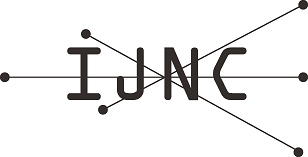A Performance Evaluation of Dynamic Parallelism for Fine-Grained, Irregular Workloads
Abstract
GPU compute devices have become very popular for general purpose computations. However, the SIMD-like hardware of graphics processors is currently not well suited for irregular workloads, like searching unbalanced trees. In order to mitigate this drawback, NVIDIA introduced an extension to GPU programming models called Dynamic Parallelism. This extension enables GPU programs to spawn new units of work directly on the GPU, allowing the refinement of subsequent work items based on intermediate results without any involvement of the main CPU.
This work investigates methods for employing Dynamic Parallelism with the goal of improved workload distribution for tree search algorithms on modern GPU hardware. For the evaluation of the proposed approaches, a case study is conducted on the N-Queens problem. Extensive benchmarks indicate that the benefits of improved resource utilization fail to outweigh high management overhead and runtime limitations due to the very fine level of granularity of the investigated problem. However, novel memory management concepts for passing parameters to child grids are presented. These general concepts are applicable to other, more coarse-grained problems that benefit from the use of Dynamic Parallelism.
Keywords
Full Text:
PDFRefbacks
- There are currently no refbacks.
